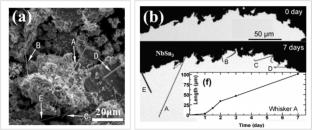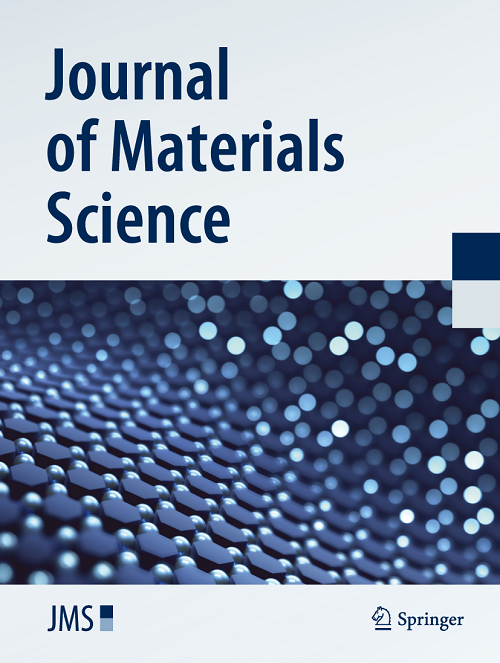Perspectives on the driving factors of accelerated tin whisker growth
Abstract
Tin (Sn) whiskers have long posed a serious threat to the reliability of electronic devices. This issue has become particularly prominent in the context of lead-free soldering, where the elimination of Pb (previously effective in suppressing Sn whisker growth) has reintroduced substantial risks to the long-term service of electronic components. To gain deeper insights into the whisker growth mechanism, establish effective mitigation strategies, and assess growth propensity, the development of controllable whisker acceleration methods has emerged as a critical research direction. This review systematically summarizes recent advances in whisker acceleration techniques, including the well-established stress-driven approaches, emerging mechanisms based on active atoms, as well as other methods such as electric field and irradiation. On this basis, a focused comparison is conducted between the stress-induced and active atom mechanisms in terms of driving forces, formation conditions, and acceleration efficacy. This multidimensional analysis aims to elucidate the factors behind rapid Sn whisker growth and to provide a theoretical foundation for optimizing acceleration methods and constructing reliable Sn whisker growth propensity evaluation strategies.


 求助内容:
求助内容: 应助结果提醒方式:
应助结果提醒方式:


